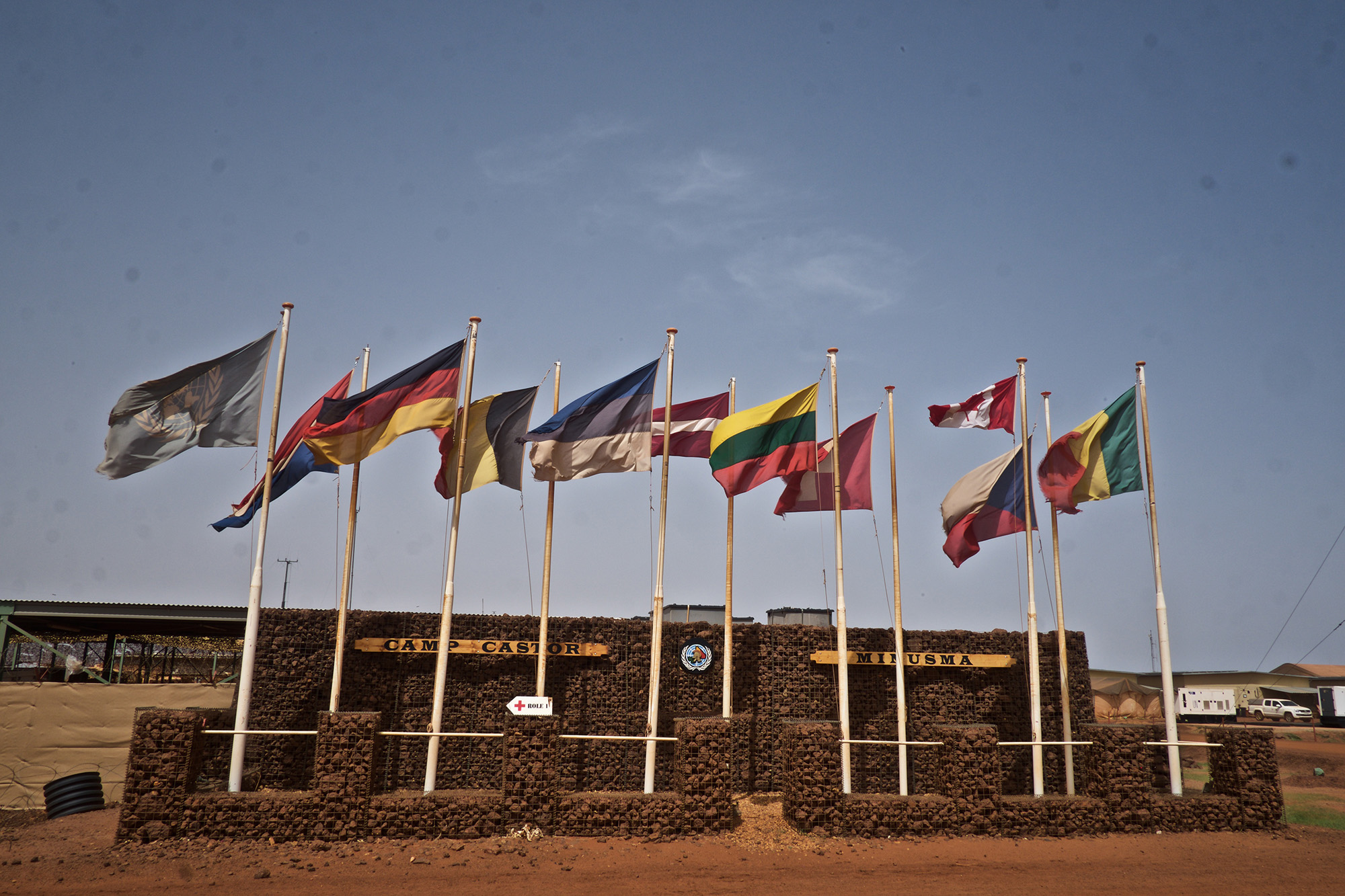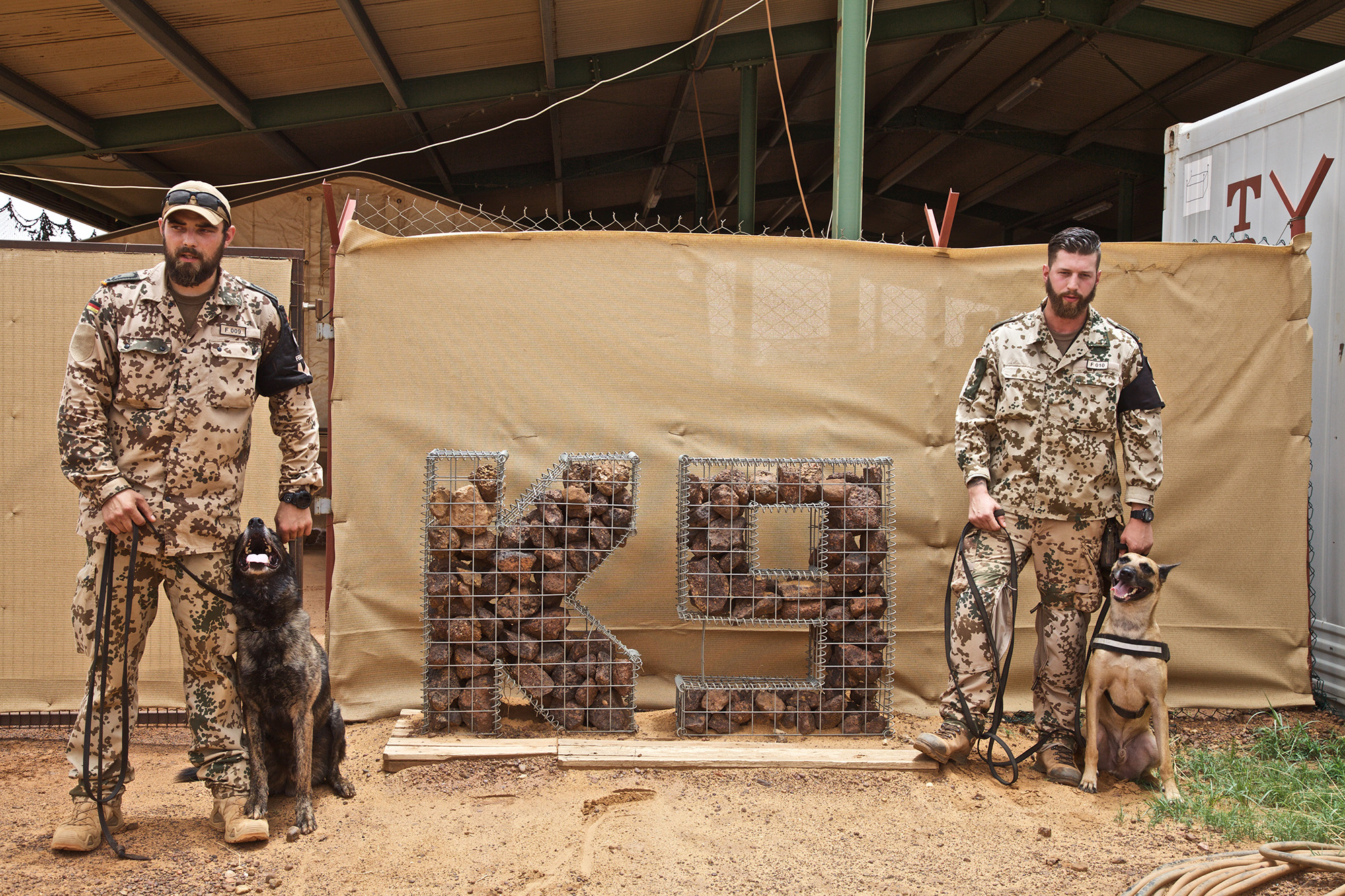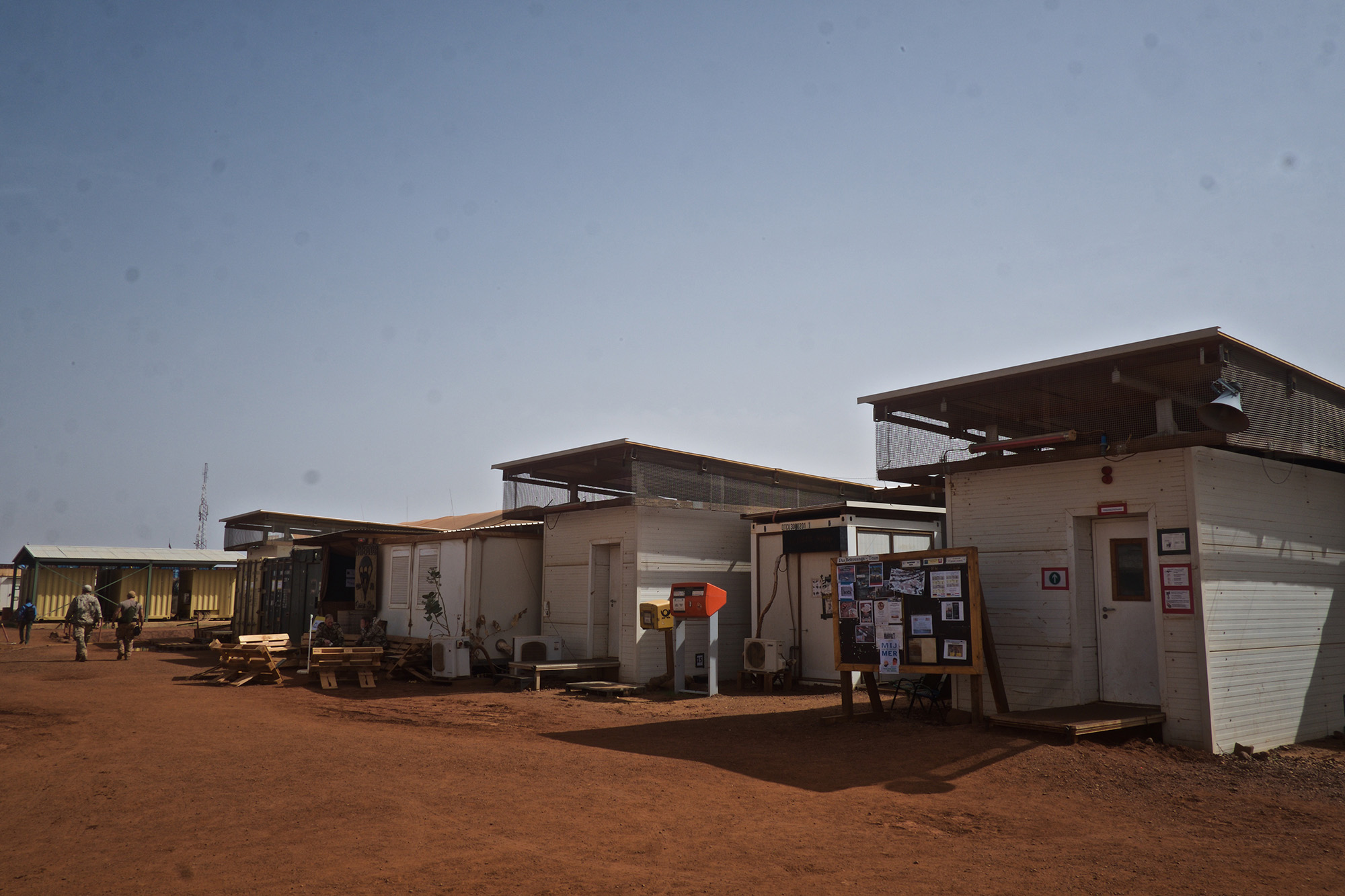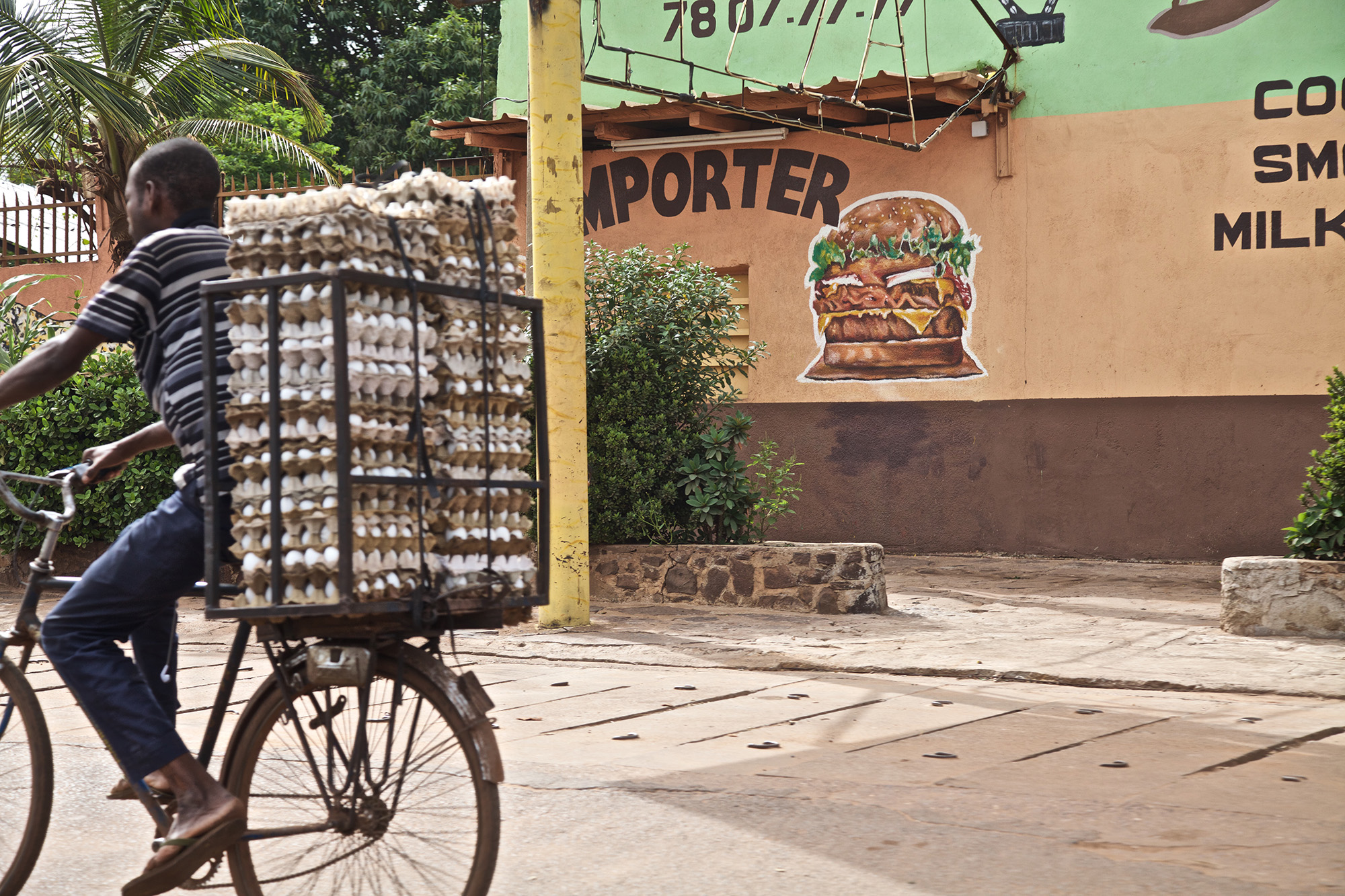In 2018 I have been as an embedded photographer in Mali. The German field camp juts out of the red sand like a fortress with a three-kilometer wall and barbed wire. The German soldiers belong to the UN mission MINUSMA. A stone’s throw away is the once flourishing city of Gao, which can only be visited with patrols in protected vehicles. Temperatures around 40 to 48 degrees are part of everyday life.
African treasures and superlatives
Mali was a popular travel destination until 2010. I know it from the year 2000 when I traveled almost all of West Africa. I was living in Benin at the time. There was the Dogon country in eastern Mali with its innumerable cave dwellings and the cultural peculiarity of the Dogon people. This region has been a World Heritage Site since 1989. The Great Mosque of Djenné is another gem. It is the largest sacral adobe building and is considered a highlight of the Sudanese-Sahelian architecture in Mali. Because of the politically tense situation, the guests stay away. There is hardly any tourism in the West African country.
The conflict began in the north of the country in late 2011. Civil war militias from Libya sought refuge in the region. In addition, in January 2012 the Tuareg ethnic group began to fight for their independence and against the Malian state. Radical Islamists followed who wanted to take the region for themselves. The target of intense fighting was the legendary desert city of Timbuktu, which was attacked by the jihadists and members of terrorist groups and partially destroyed. Today it is far too dangerous for tourists to travel across the country.
Military Missions in Mali
There will be no peace in the desert state anytime soon. Between 2017 and 2020, Germany spent around 1.7 billion euros on developing the Sahel states. In addition to MINUSMA, there are currently two European Union missions in Mali, namely EUCAP Sahel Mali and EUTM Mali as well as MISAHEL of the African Union.





